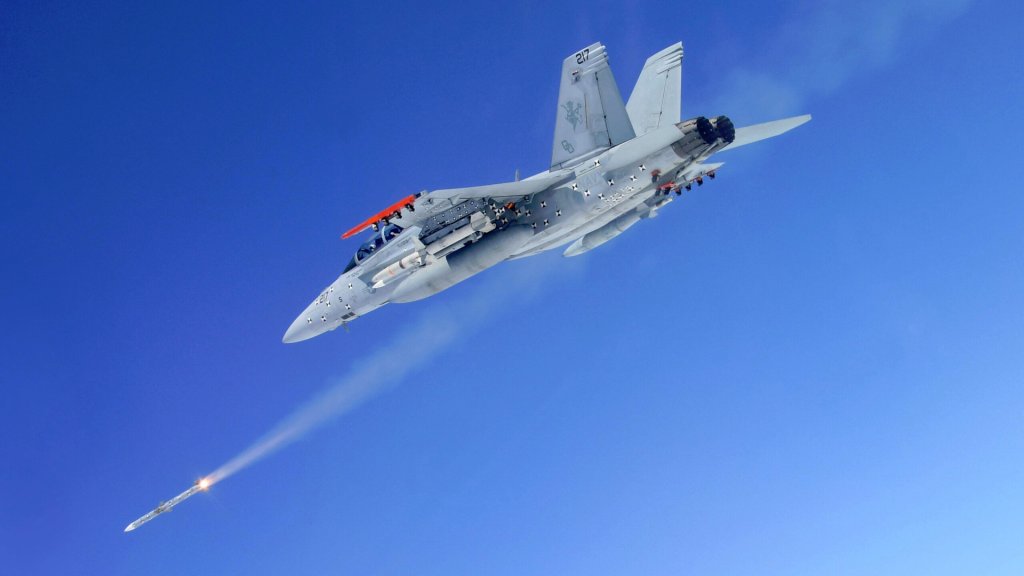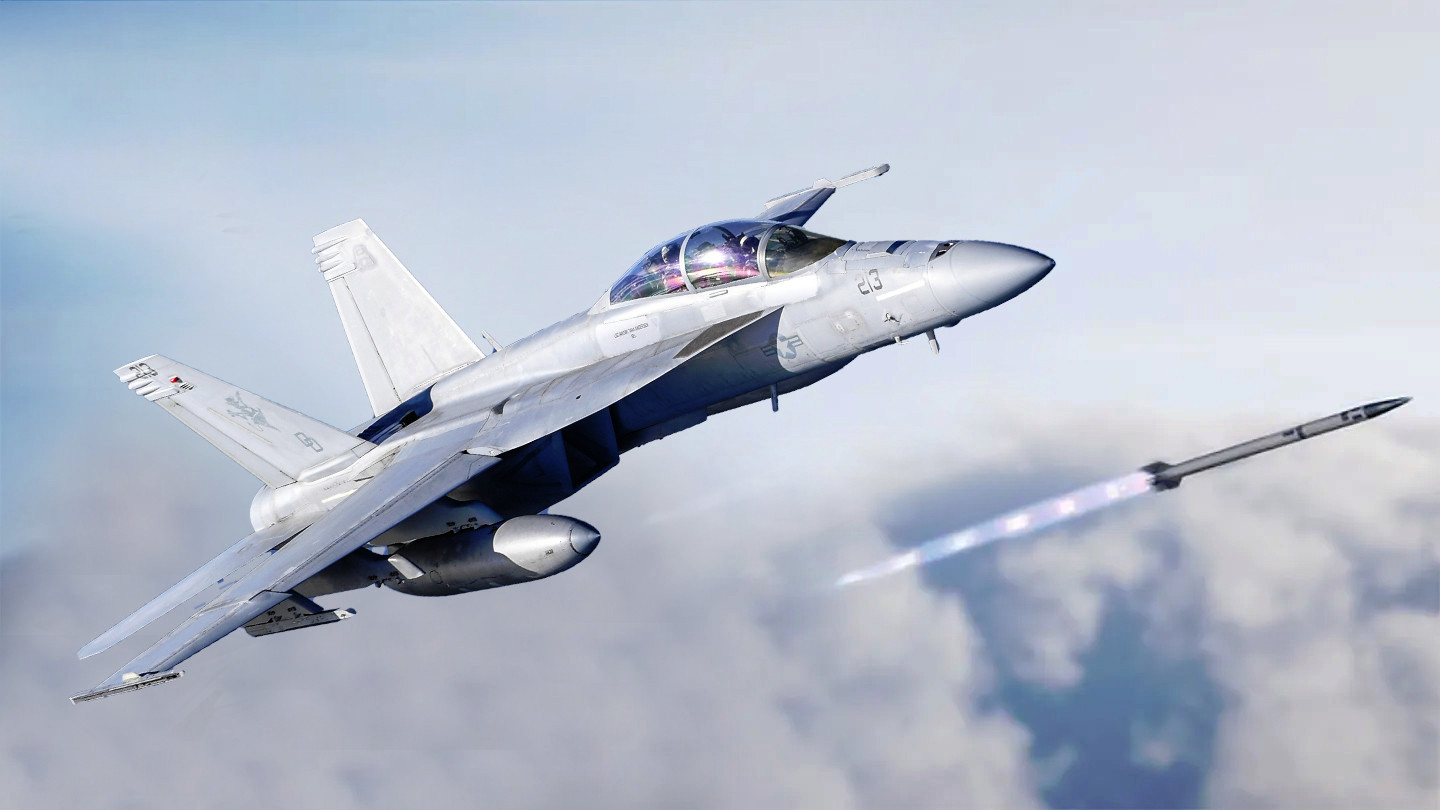For the first time, at least publicly, the U.S. Navy and U.S. Air Force are seeking funds – nearly $670.5 million in total – to support procurement of AIM-260A Joint Advanced Tactical Missiles (JATM) for operational use in its latest annual budget request. The two services, collectively, are asking for almost $687 million more for the ongoing development of the secretive JATM next-generation long-range air-to-air missile.
The U.S. military, as a whole, began releasing parts of its proposed budget for Fiscal Year 2026 yesterday, something that typically occurs much earlier in the year. On the procurement front, the Navy is seeking $301.858 million for the AIM-260A, while the Air Force is asking for $368.593 million. The Navy and the Air Force also want $222.782 and $425,029 for JATM, respectively, on the research and development side.

The AIM-260A is being developed as a successor to the AIM-120 Advanced Medium-Range Air-to-Air Missile (AMRAAM) in U.S. military service. Details about the JATM’s design remain highly classified, but a central known requirement is that it has to have substantially longer range than the AIM-120, but in a package with the same general form factor. It is also expected to have advanced guidance and networking capabilities, as you can learn more about here.

Specific details about what the requested procurement funding for the AIM-260A in Fiscal Year 2026 would be used for are classified. When it comes to missiles, procurement money is often used to pay for long-lead-time materials to help prime the production pump, as well as acquire complete munitions and other ancillary items. What role classified funding streams may still play in supporting the JATM program is unclear.
Still, any public movement forward on actually procuring AIM-260As is a significant development. JATM has been in the works since at least 2017. As of 2019, the goal was to begin fielding the missiles in 2022. There are no indications that this has occurred, even on a limited level.
Testing of the AIM-260A, including live-fire shots, has been ongoing in the interim. The open addition of the procurement funding in the U.S. military’s proposed Fiscal Year 2026 budget follows a notable surge in JATM live-fire test activity last year.
The U.S. military’s latest annual budget request does make clear that AIM-260A development is ongoing. Interestingly, this also marks the first time that the service publicly asked for JATM research and development funding. The Navy’s JATM research and development funding request has also notably emerged in a Special Access Program (SAP) line item, nicknamed Link Plumeria, which has been used to support other advanced aviation efforts in the past. This includes the F/A-XX sixth-generation naval fighter program, which is now set to be effectively shelved to help prioritize work on the U.S. Air Force’s new F-47, as you can read more about here. SAPs provide additional layers of heavily compartmented security protocols to protect against the disclosure of especially sensitive national security information.

The Navy’s F/A-18E/F Super Hornets and Air Force F-22 Raptor stealth fighters are expected to be among the first U.S. aircraft to be armed with AIM-260As, but other types will surely follow. The upcoming F-47 will likely feature it prominently. The Air Force has also said in the past that JATM will be part of the arsenal for its future Collaborative Combat Aircraft (CCA) drones.
In general, Navy and Air Force officials have talked about the AIM-260A being a priority development effort in the past, especially in the context of planning for a potential future conflict with China in the Pacific. The emergence of China’s PL-15 air-to-air missile in 2016 is known to have been a key driver behind starting the JATM program in the first place. Pakistan’s combat employment of PL-15-series missiles, as well as its Chinese-made J-10 fighters, global firsts for both systems, drew particular attention during a brief, but intense conflict with India earlier this year.
China has also been surging ahead with other longer-range air-to-air missile developments, as have Russia and other countries. The U.S. Air Force warned last year that air-to-air and/or surface-to-air missiles with ranges of up to 1,000 miles look set to be part of the threat ecosystem facing American forces by 2050.
The U.S. military also has its own developments in this regard, including the Navy’s AIM-174B air-launched version of the Standard Missile-6 (SM-6), which the service formally unveiled last year. TWZ previously explored in detail how the AIM-174B and AIM-260A will fit into the Navy’s overarching future air combat strategy.

Though it remains unclear when the AIM-260A might begin to enter the U.S. service, the Navy and the Air Force are now openly taking steps toward actually acquiring an operational stock of the missiles.
Contact the author: joe@twz.com
